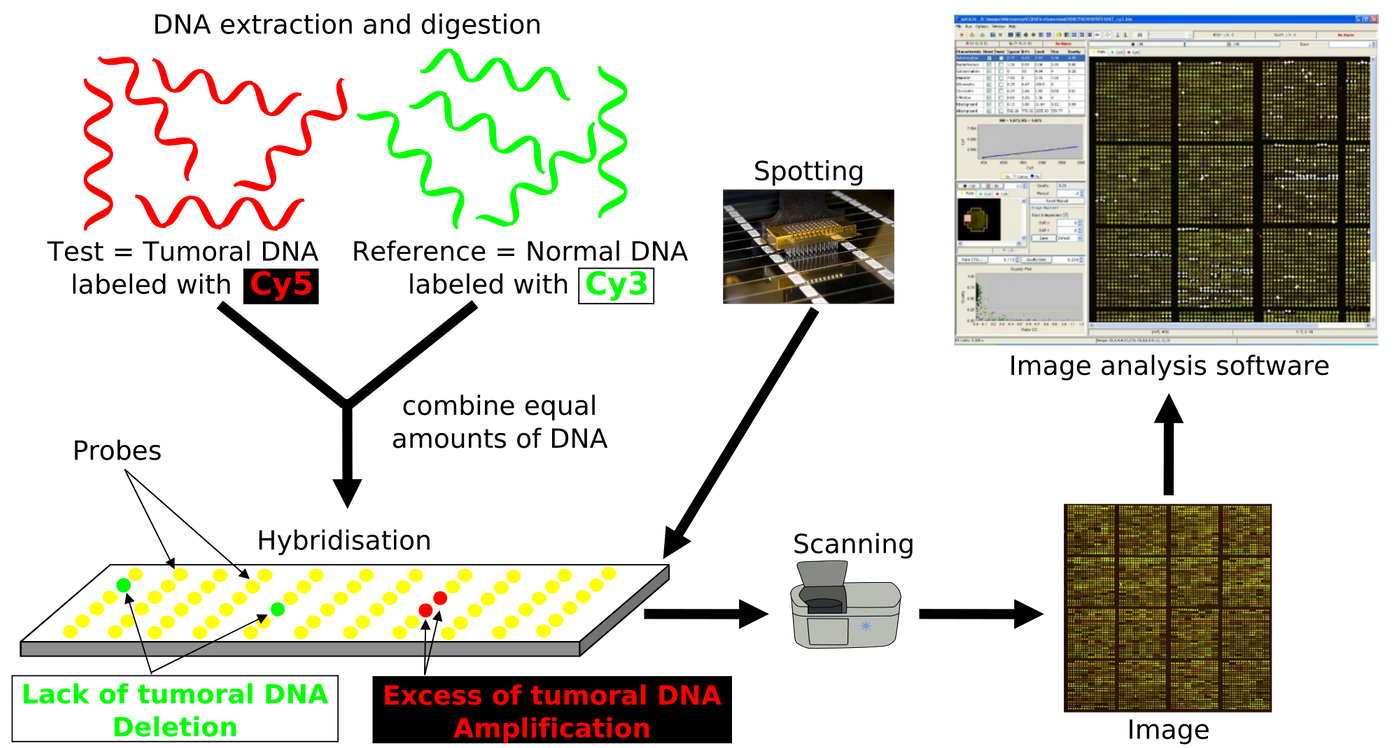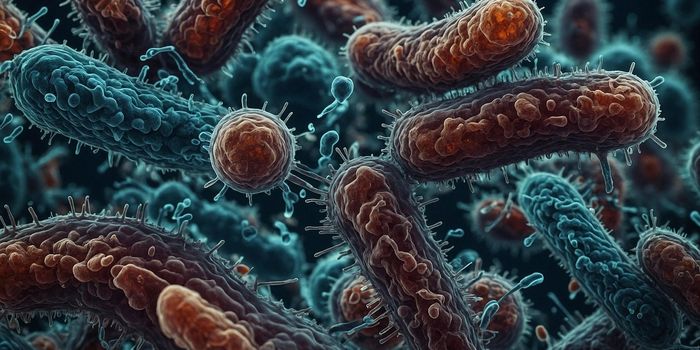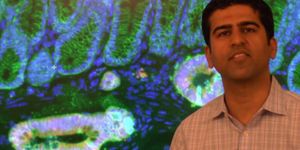New
work published in Molecular Psychiatry now reports an association of CNV and schizophrenia. In collaboration with several groups, a team at Nagoya University found that a range of rare CNVs were more common among patients suffering from the disease than they were among controls. Their model is summarized in the figure below by Itaru Kushima and Norio Ozaki.
Copy number variation is a phenomenon in which sections of the genome are altered to varying degrees among members of a population. The changes are larger than 1 kilobase in size, and involve gains or losses of genomic DNA. Research into CNV is primarily focused on how these changes are related to disease in the human population. Research in
Nature states that 4.8–9.5% of the human genome contributes to CNV, and
Genomic Medicine suggests there seems to be hotspots of instability. On one end these changes are linked to evolution, but they are also linked to disease.
To detect losses or gains of large pieces of DNA in human samples, the investigators at Nagoya University utilized a technique called array comparative genomic hybridization; the comparison of two related genomic sequences. They found large amounts of genetic heterogeneity in schizophrenia, supporting recent studies showing that higher levels of CNVs in such patients. Those CNVs are also associated with risk of developing autism spectrum disorders and intellectual disability.
The CNVs found to be associated with schizophrenia are implicated in genes that control repair of DNA damage, and thus could be involved in disease mechanisms. "Patients with clinically important CNVs showed a range of characteristics, such as developmental problems and refusal to accept treatment, and the presence of two CNVs resulted in a more severe phenotype." first author Itaru Kushima explains.
The team was able to pick up more CNVs with their sensitive detection method, especially smaller ones, which made up 70% of all CNVs. The study utilized the DNA of 1,699 patients with schizophrenia patients and found they had more clinically relevant CNVs than control individuals.
They also determined that abnormal numbers of X chromosomes are associated with disease. High genetic heterogeneity, indicative of genomic instability, was indicated by the observation of CNVs at 67 different regions in 9% of patients. Even more variation is seen in the effect of the CNVs on patient characteristics in that some CNVs were carried by controls without causing any symptoms.
Looking closely at the genetic regions that contained CNVs for associations with dysfunction that leads to schizophrenia, researchers indicate one such region relates to the oxidative stress response, and damage to that area leads to DNA damage when imbalanced. Another is important for genomic integrity; it involves DNA repair and replication.
"We propose that CNVs affecting oxidative stress response and genomic integrity lead to genomic instability that may cause further CNVs," senior author Norio Ozaki suggests. "This model helps explain the new CNVs seen in previous studies on schizophrenia, as well as the differences in affected patients' phenotypes."
The following brief animation illustrates a bit about copy number variation.
This video from Shomu’s Biology is a lesson about comparative genomic hybridization.
Sources:
Genomic Medicine,
Nature,
Molecular Psychiatry,
AAAS via
Nagoya University










